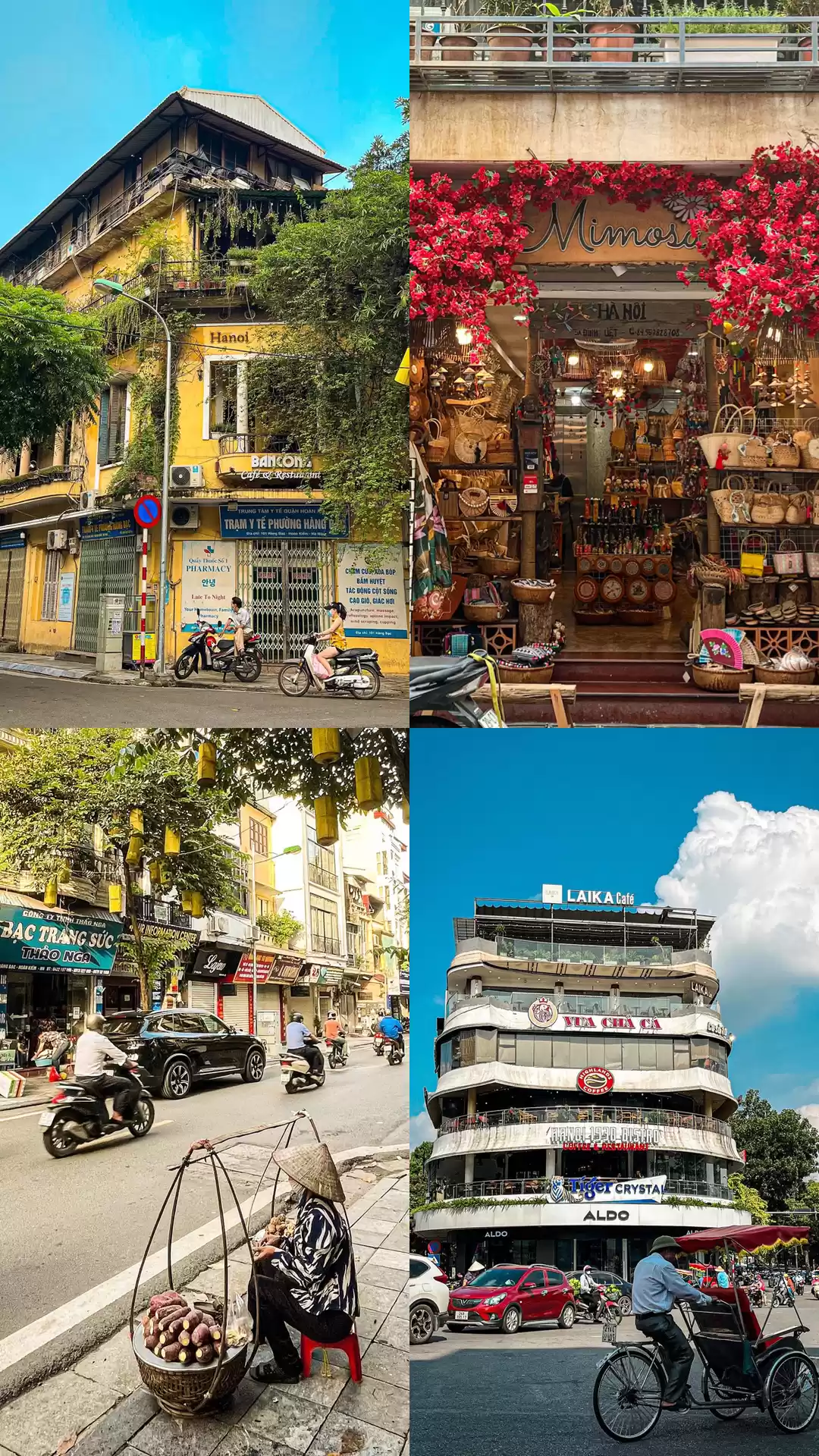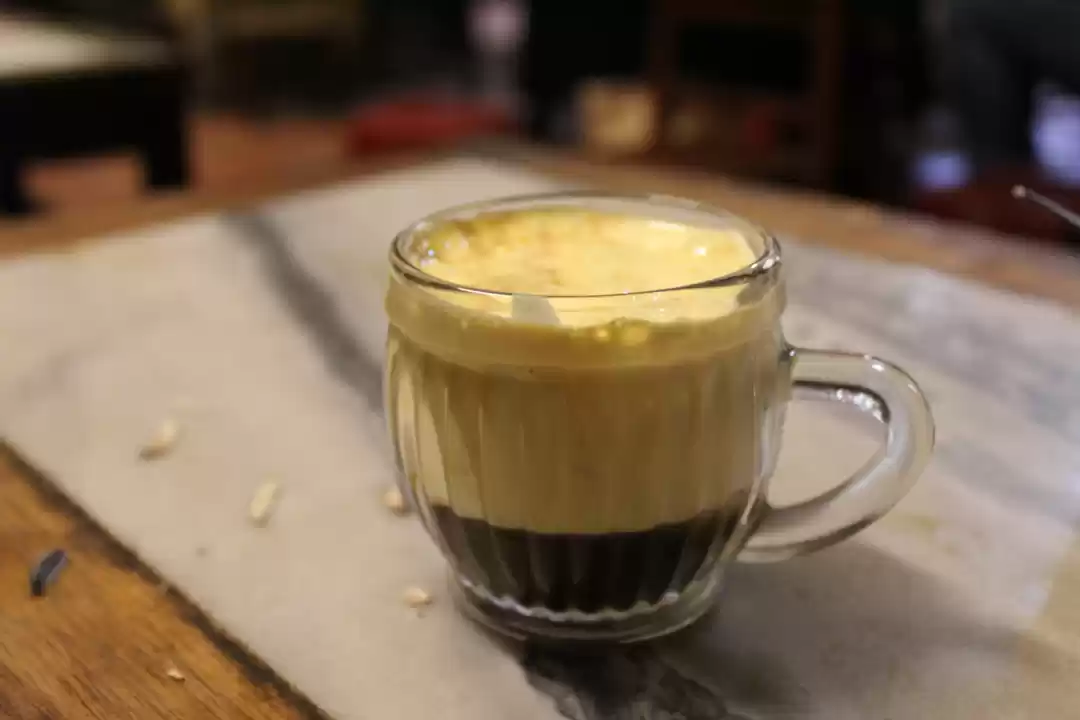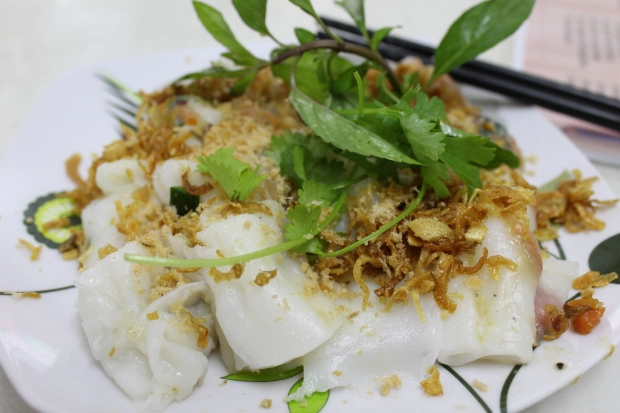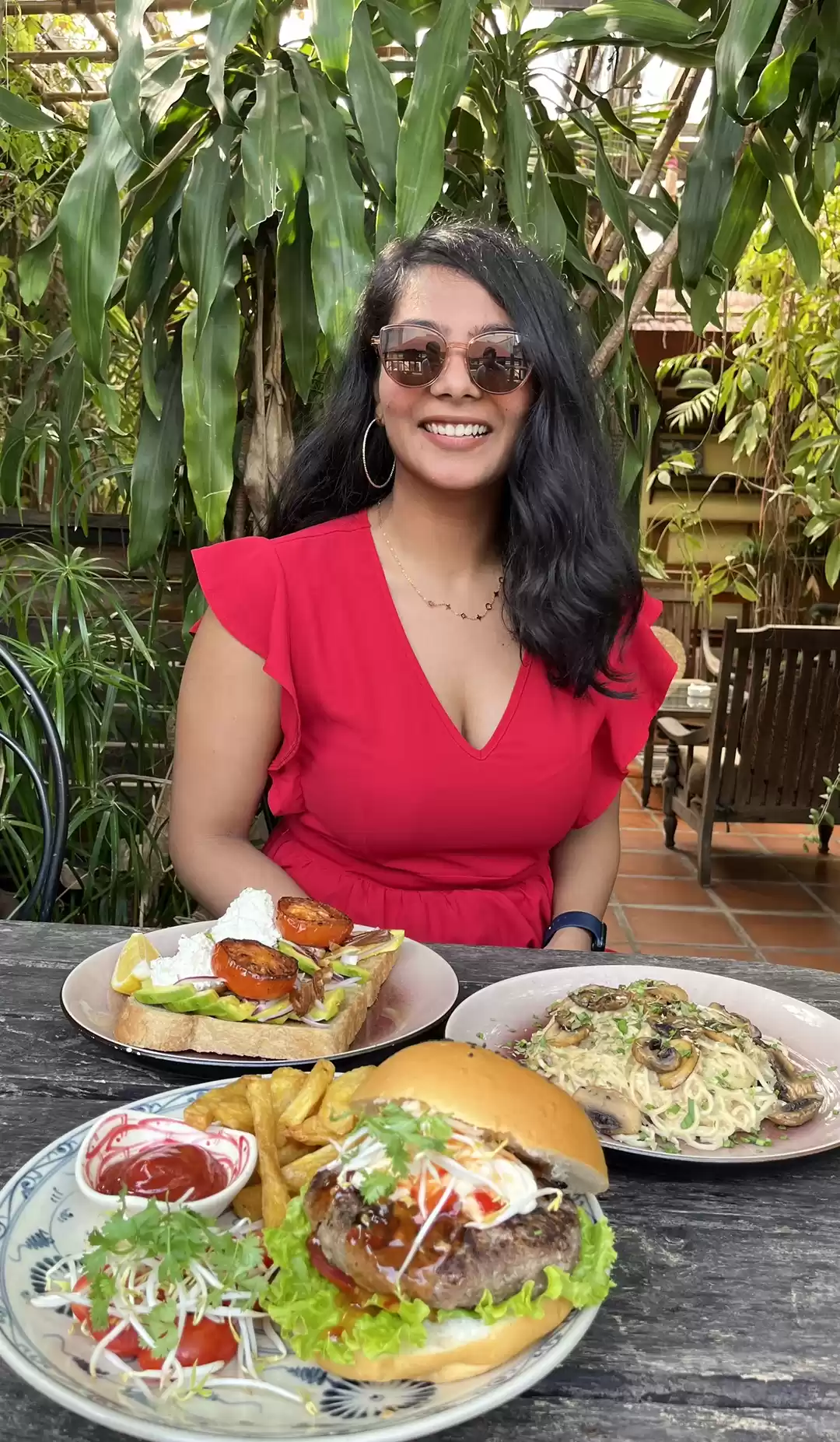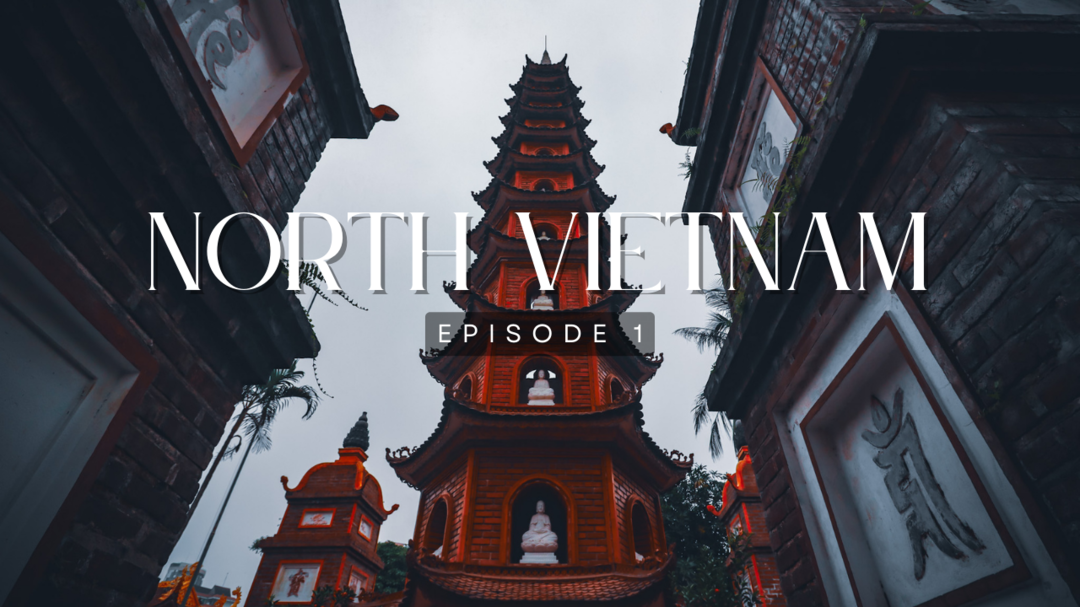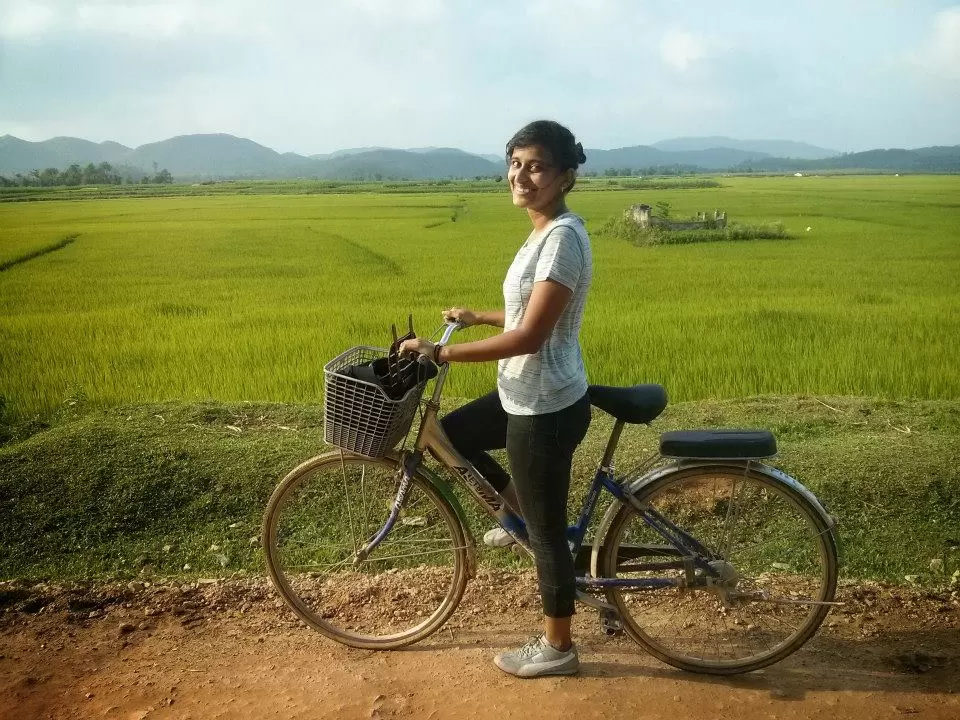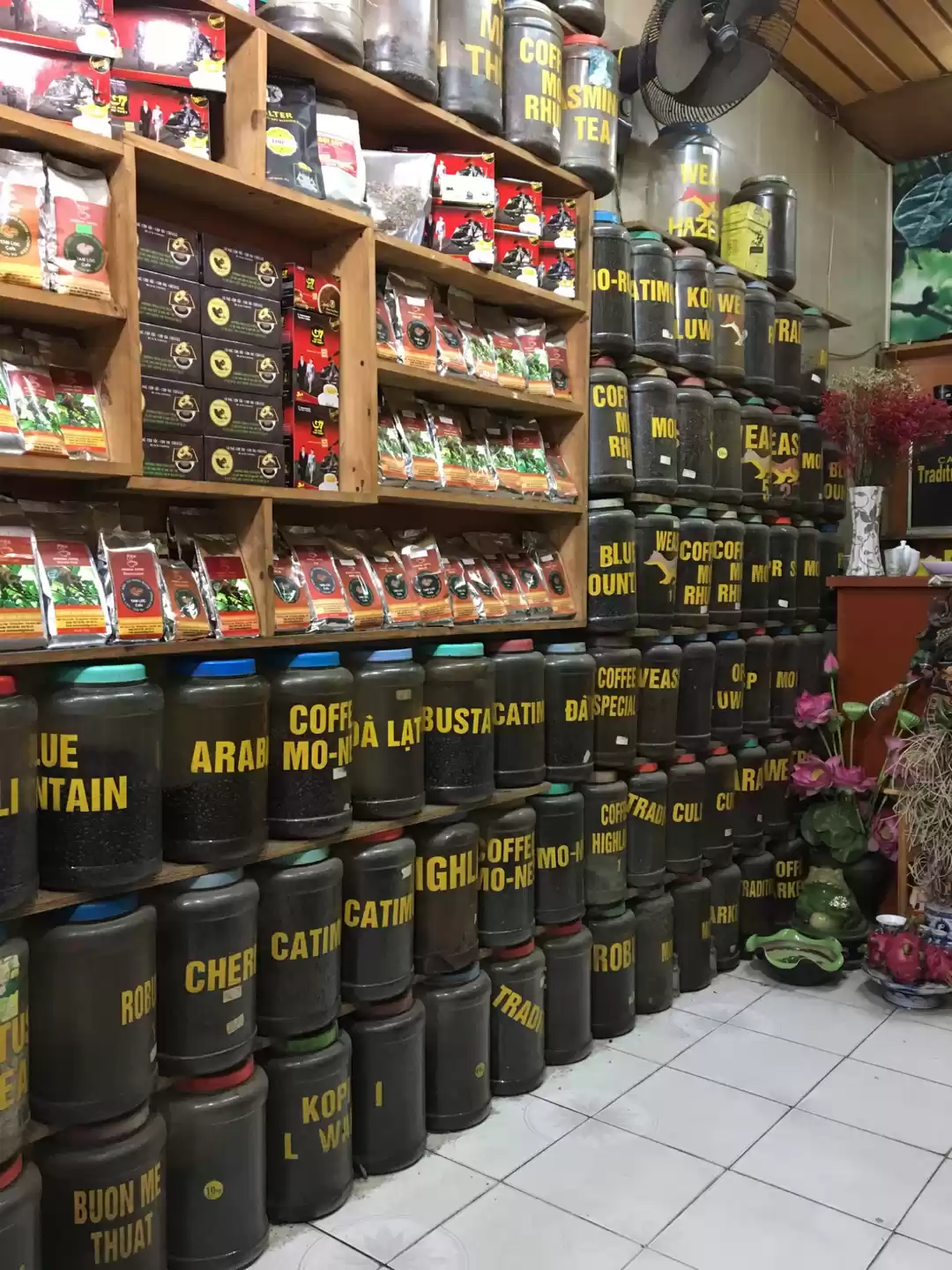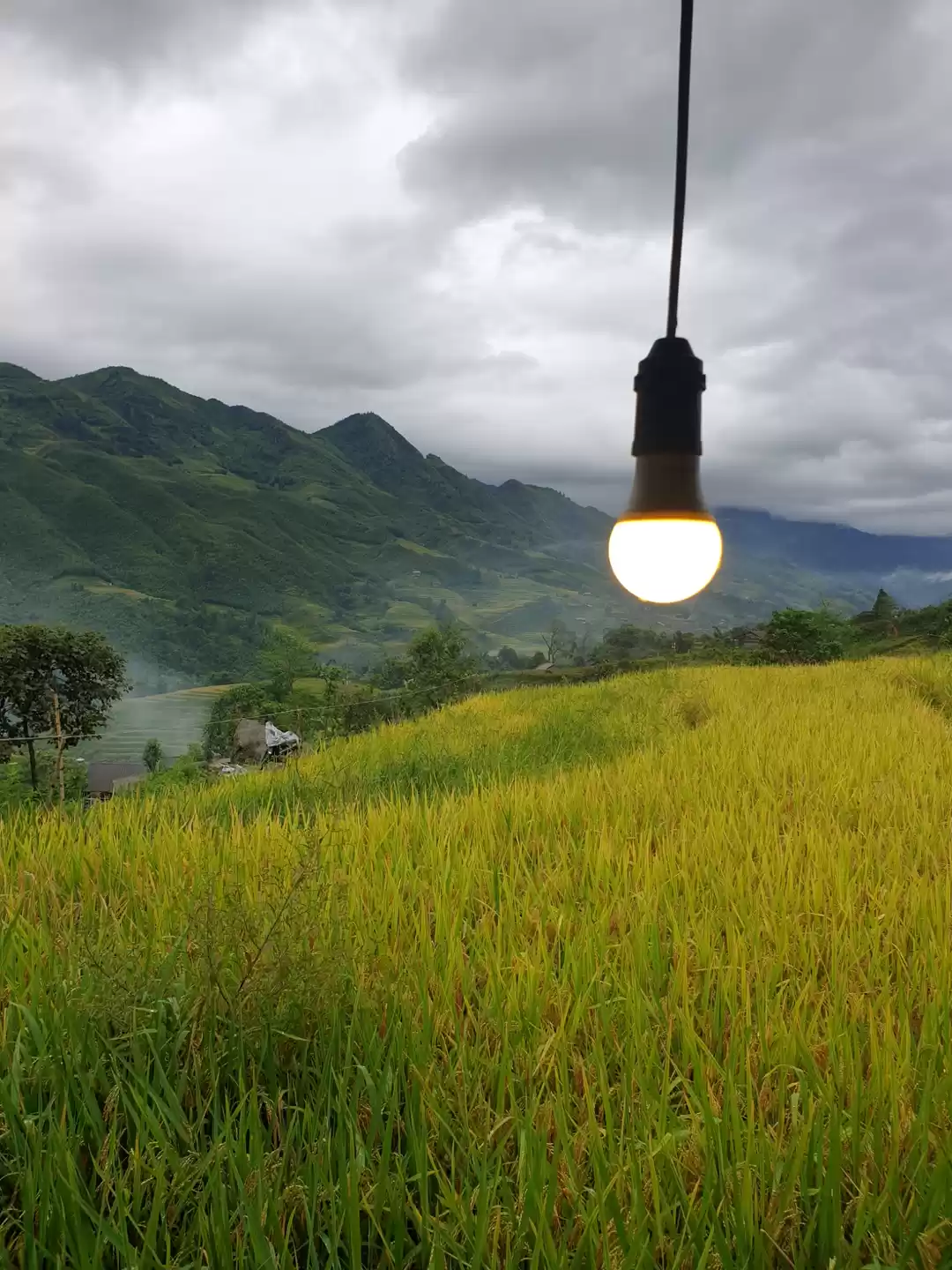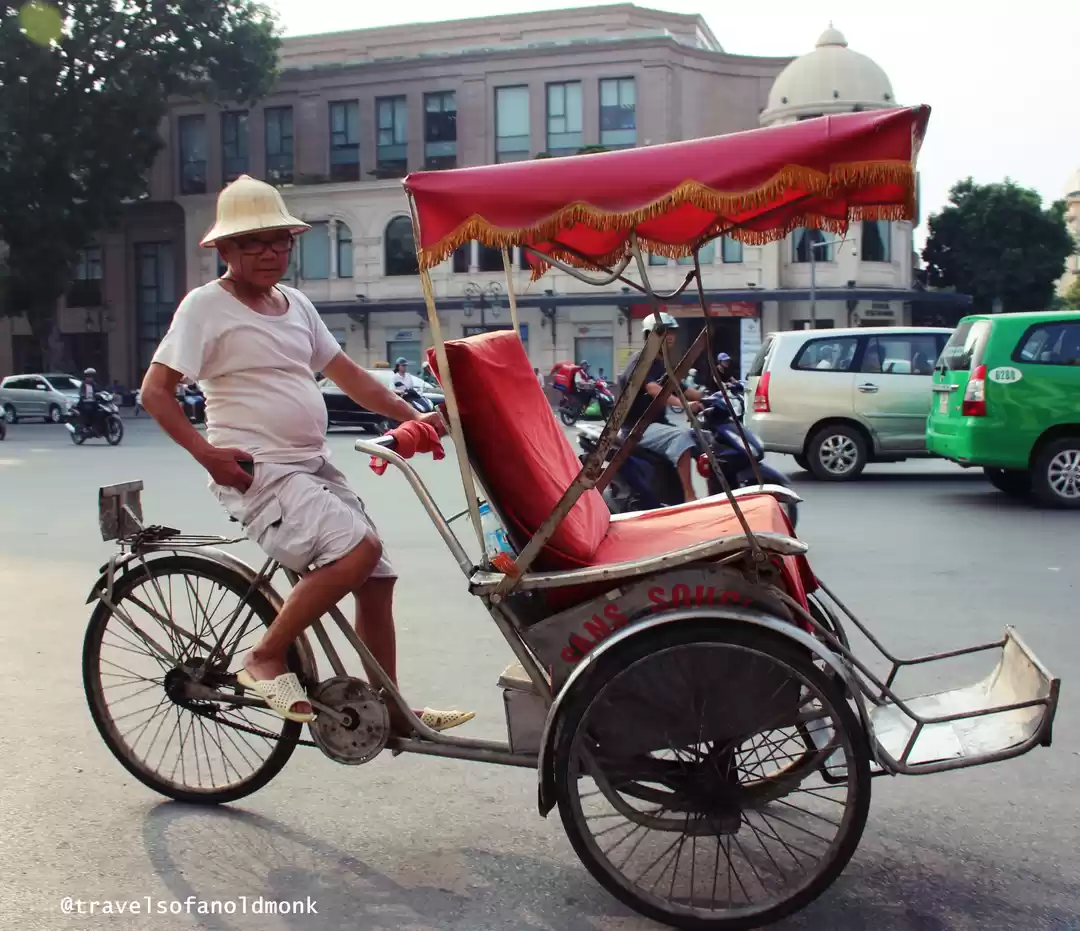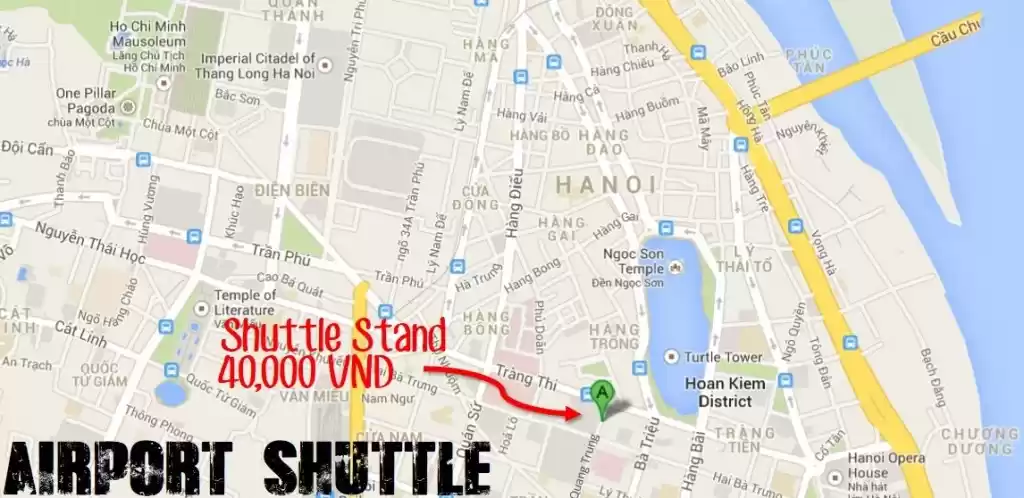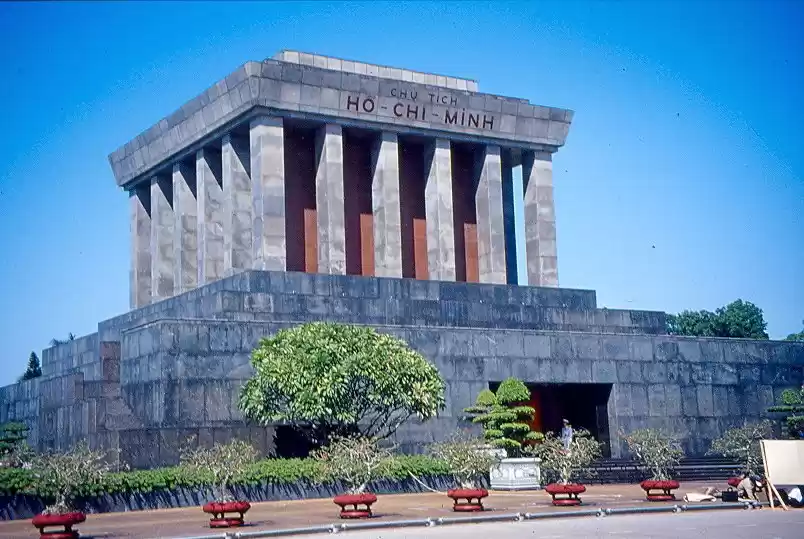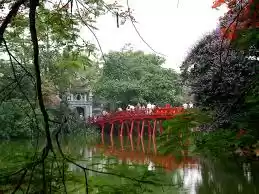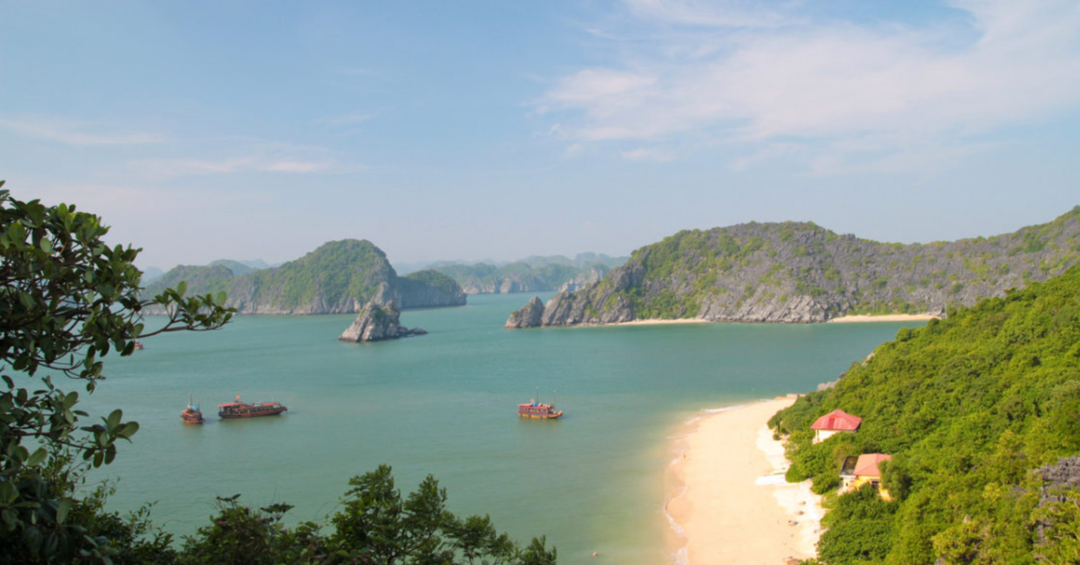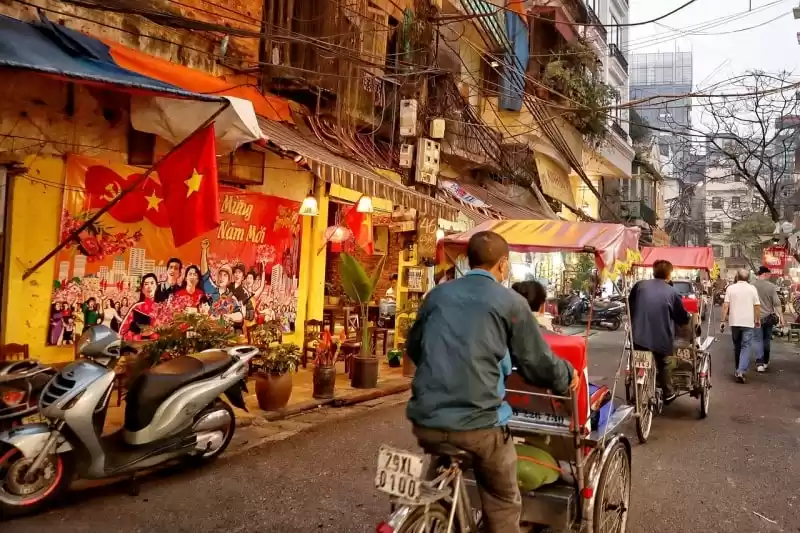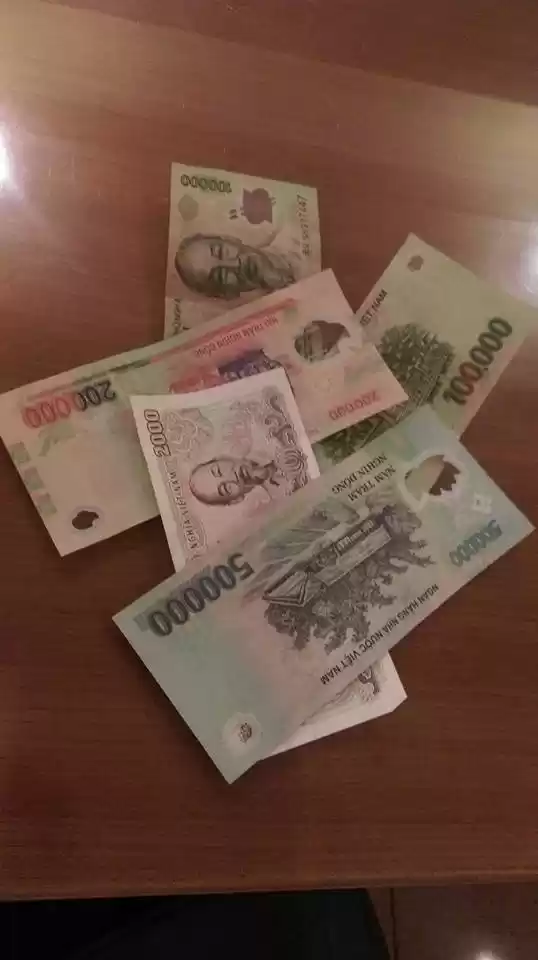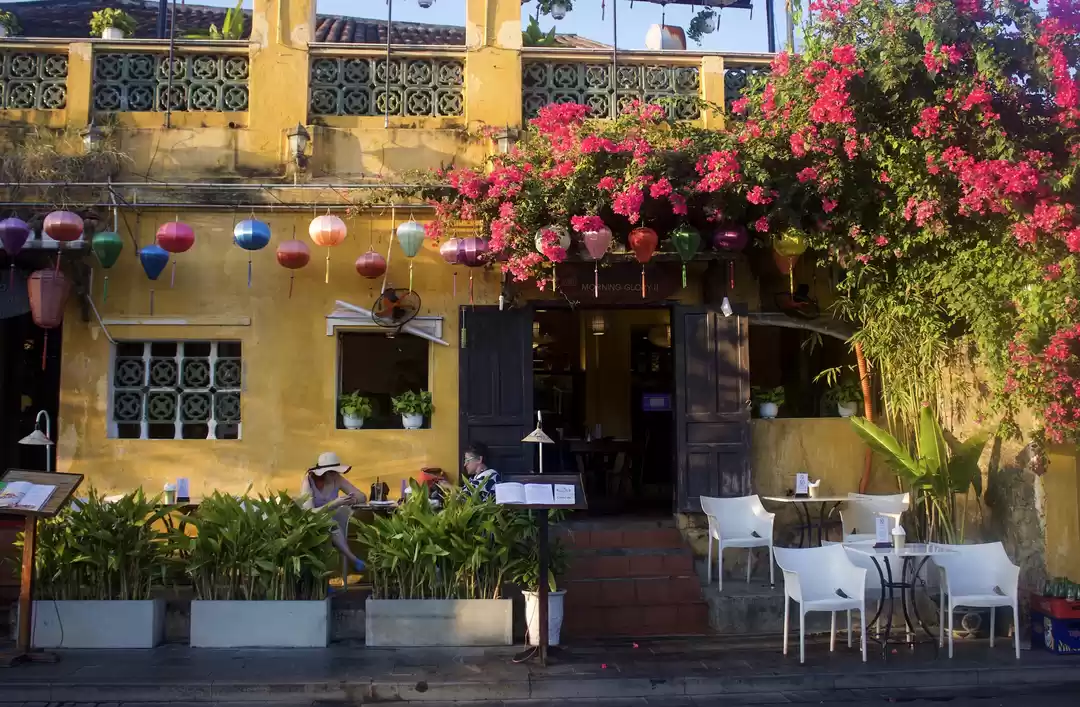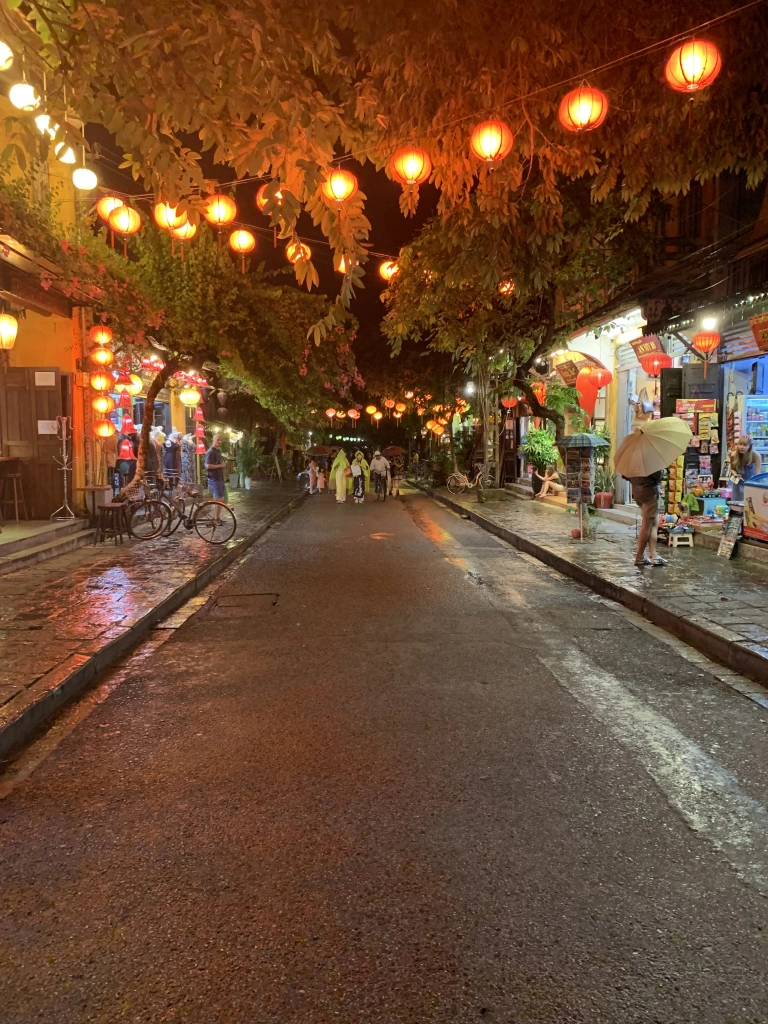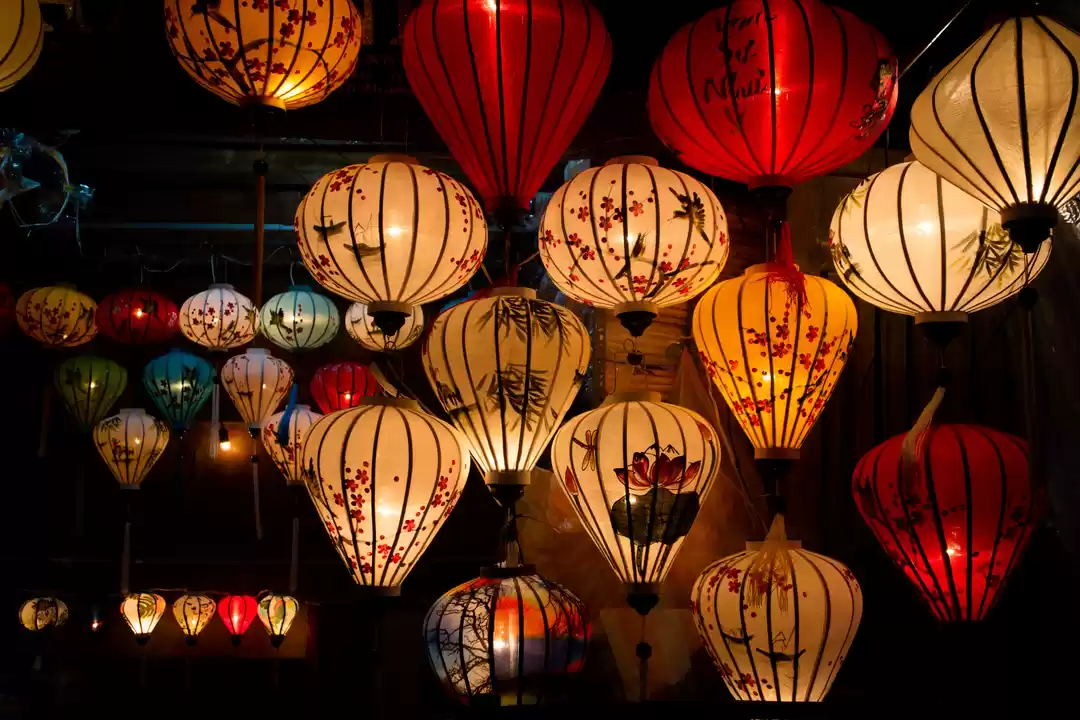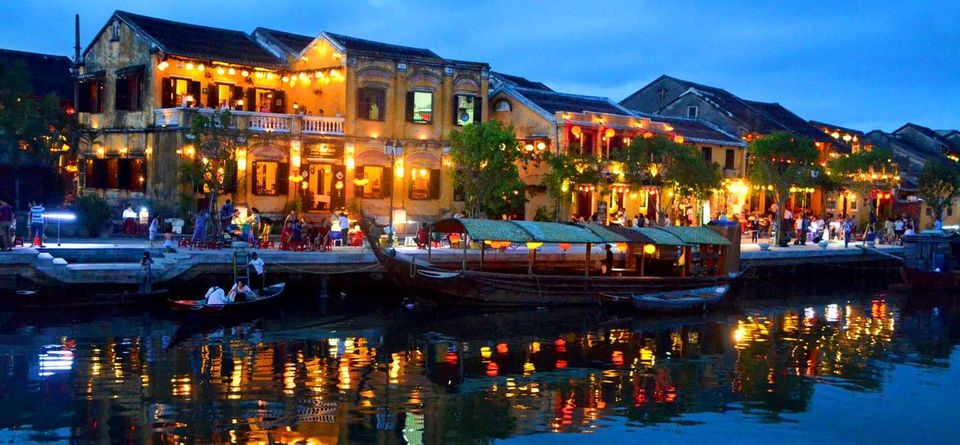
You're just a few days away from your Vietnam adventure travel holiday and scrambling to find out as much as possible before you go. The only thing you'll feel before you go on your family adventure vacation is excitement! So if you are a real traveler, this article for you.
When to Go: Know the Climate Vietnam's climate is complex, and seasons vary depending on your destination. The north is warm, dry, and sunny between September and December, though you'll need warm clothes for chilly evenings in the mountains. December to February can be surprisingly cold, with temperatures as low as 10*C (50F). The rainy season starts in June with heavy downpours.
The Central region has a wet climate, though the dry season lasts from February to May, after which it is humid and rainy, with temperatures around 30*C (86F). Between November and January, the rains subside. The dry season in the lower east coast and South lasts from December to May and is followed by a rainy season. Daily temperatures here rarely fall below 20*C (68F), and mostly rain falls in short downpours.
Money and Valuables:
• Store Cash, credit cards, and valuables in a safe place. Most 4-star hotels have in-room safes; otherwise, ask the reception to store valuables in their safe deposit.
• Never carry more money than you need nor wear large amounts of jewelry when walking along the street. In Vietnam, it's considered impolite to flaunt wealth, and you're more likely to be a pickpocket's victim.
• Monetary transactions are best made in cash in the local currency, the Dong. Vietnamese merchants will also gladly accept USD, but bring along small bills. ATMs dispense only large bills, which can be difficult to break.
• Credit cards are used in large cities but may be difficult to use in smaller towns. What to Wear In Vietnam, the dress code is casual but conservative. Unless you plan on dinners at ultra-upscale restaurants, there is no need for formal clothes. When packing, the main thing to consider is the weather, as it can be cold in the northern mountains and at the same time, hot and humid on the central coast.
• For winter months in the mountains, long jeans and a warm coat are necessary. For the more tropical areas, lightweight, quick-drying clothes are appropriate.
• Rain can catch you anywhere in Vietnam, so lightweight rain gear is essential.
• Good hiking shoes for treks are a must, and sandals and flip-flops are good for coastal destinations.
• Dress appropriately so as not to offend local people. Clothing should be kept simple and discreet. Avoid wearing shorts, tank tops, or low necklines.
Additional Useful Accessories
• Bring along a good sun-protectant as local products are unreliable.
• A wide-brimmed hat to shade your face and neck and sunglasses with high UV protection are necessary.
• Though there aren't mosquitoes in the towns and cities, a bug repellent based on natural ingredients is recommended for itineraries, including treks and forested areas. 'Deet' based repellents can cause rashes in humid climates.
• To be safe, bring an extra pair of reading glasses or orthopedic shoes, if you wear them.
• For conventional cameras, plenty of films and extra batteries are necessary, as these have virtually disappeared in Vietnam. For digital cameras, equipment is readily available. Follow Local Customs
• Remove shoes when entering temples, pagodas, or Vietnamese homes.
• It is considered extremely rude to wear shorts or dresses and tops with low necklines and bare shoulders to temples and pagodas.
• Handshaking is the normal way of greeting in Vietnam. But Vietnamese people should not be touched on the head. Shopping in Vietnam Vietnam is a bargain hunter's haven with Hanoi, Saigon, and Hoi An top shopping destinations.
• Hanoi's Old quarter is excellent for visitors, its streets filled with small shops selling clothes, fabrics, gold, and all manner of articles.
• Hanoi's Dong Xuan Market and Saigon's Ben Thanh Market are both worth visiting.
• For "designer-style" clothing, Hoi An is the place to go.
• Hill tribes in the north and Central Highlands sell colorful hand-crafted goods and silk paintings.
• Bargaining is a cultural 'must' and should be good-natured as "saving face" is very important in Vietnam.
By the way, If you want to go to a travel place in Vietnam, here is the right place for you like things to do in Hoi An. And do you want more information about traveling in Vietnam; you can follow the link to get more info on Vietnam best Tourism like Hoi AN.





